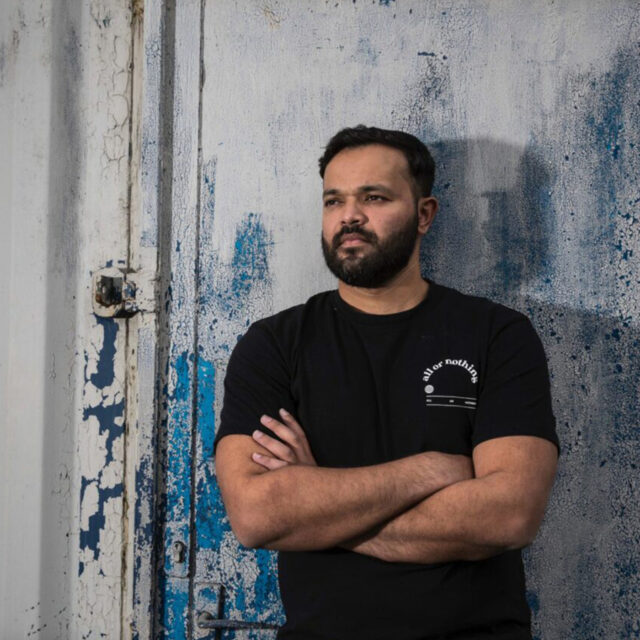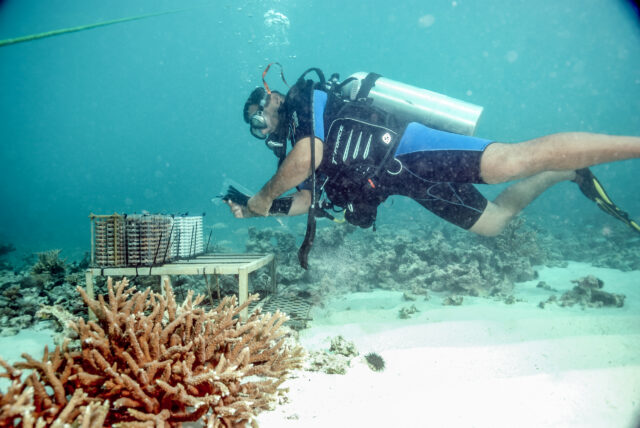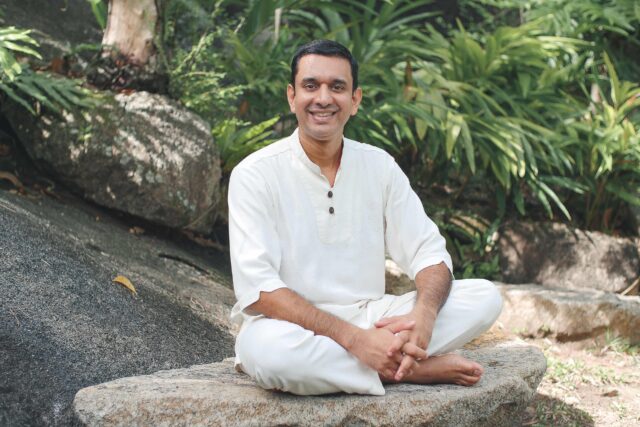Whether you’re recovering from a massive injury or simply misjudged a yoga pose, there are simple ways to promote healing on your own after getting hurt — and to avoid making anything worse. We went to the experts in physiotherapy and rehabilitation — here in the UAE and beyond — to find out what they are.
When MoveU’s Michael Wasilisin started posting videos showing stretches to help prevent and recover from injuries, he never expected them to go viral. Now this US-based company shares bite-sized physiotherapy and rehabilitation tips to 1.2 million followers on Instagram.
“We made it all as a movement program,” said Wasilisin when he visited the UAE in 2018 for MeFitPro’s fitness summit. “Yet we had a community that went with it, and the community, the camaraderie, that was more powerful than anything else.”
The whole focus of MoveU is on dealing with pain, stopping injuries before they start and working through the niggles once they appear. It’s a form of mild rehab done online, and its success keeps growing.
In the UAE, physiotherapy and rehabilitation centre Diversified Integrated Sports Clinic recognized a similar growth in demand. The group has two clinics in Dubai – Dubai Healthcare City and JLT – and is preparing for another on Yas Island in Abu Dhabi.
“There has been an increased request for alternative medicine,” says Dr Tamara Ghazi, medical director and doctor of chiropractic.
With both requests for and resources around rehab and physiotherapy on the rise, just how can you improve your path to being injury free? Local and global experts reveal their top tips.
1) Keep moving

“If you feel pain, don’t panic, rest, and hope the injury will just go away itself,” says Keith O’Malley-Farrell, a UAE-based fitness professional with a focus on rehab. Founder of Dubai’s The Physical Training Company, O’Malley-Farrell has a background working as a pitch-side physiotherapist in London for footballers and rehabbing soldiers for the British Military.
“You must move your body and do something physical to encourage the healing process.” That’s how you can prevent future injuries too, he adds.
2) Do active physiotherapy
Along the same lines, don’t expect to simply relax under a machine and expect everything to get better. Passive rehab is tempting — but it doesn’t really work, says DISC’s Dr. Ghazi.
“Rehab needs to be active and not machine-dependent,” she says. “The goal is to improve muscle strength and firing patterns as well as joint stability.”
In other words, you need to put in effort for healing to happen. Do it correctly, Ghazi adds, and you can be better than before the injury even happened.
3) Get to know your pain
It’s important to recognize and understand what kind of pain you’re experiencing.
“If we have an old injury, the brain is going to be super-sensitive to anything that may cause the injury to reoccur, so many movements around that area may stimulate pain in a cautious effort to protect it,” says O’Malley-Farrell. In other words, sometimes your body creates pain that needs to actually be worked through — but with a professional at hand.
“By taking action with an effective rehab program, we are re-teaching our brain that joints can move without pain,” he says. “We just have to build up the intensity cautious and carefully.”
4) Get a goal beyond ‘no pain’
While it’s tempting to focus on simply not hurting, O’Malley-Farrell recommends thinking past that. You can plan to run a 10k, hike a mountain, go skiing again, or so on.
“It adds to the motivation, keeps you accountable and will make your training focused, revolving around something tangible with a time limit.”
5) The internet can help, but proceed with caution

Googling an injury can be a dangerous thing that leads you down a dark hole of terror. Instead, be smart about where you turn online.
YouTube channel Bob & Brad’s Physical Therapy Video is a good place to start. With more than 4.6 million subscribers, this folksy channel is co-hosted by Bob Schrupp and Brad Heineck. They offer no-nonsense advice for exercises and moves focused on how to stay or become pain free, with plenty of experience and expertise. Schrupp is founder and owner of rehabilitation agency Therapy Network and former president of Mayo Clinic Physical Therapy Alumni Association.
“I’m old enough to remember when all learning took place in person or through books,” says Schrupp. “Now I have ready access to information from trusted sites. The online world has accelerated my ability to learn about physical therapy.”
Sites Schrupp recommends include: Google Scholar, Expertscape, PubMed, Mayo Clinic, and the National Institutes of Health.
Even as he recommends going online, Schrupp advises: “Check with your physician or therapist prior to trying any new exercise or treatment.”
6) Keep doing your physiotherapy
Just as is the case with certain medicines, it’s important you run through your physiotherapy and rehabilitation regime until it is entirely complete.
“Once patients start feeling better, many stop without getting to the last performance stage,” says Dr Ghazi.
This can lead to injuries reoccurring, or simply not healing properly.
7) Manage stress
Stress on your body, just like stress happening in your mind, feeds into the same neural pathways before ultimately being processed in the brain. This means life stress can hurt your ability to heal.
“We work under a lot of psychological stress: finance, relationship, jobs,” says O’Malley-Farrell. “As a result, our sensitivity to physical stress, like pain, increases. This can be a major factor of people getting stuck in a chronic pain cycle.”
In other words, when your psychological stress increases, your pain increases, which increases psychological stress, and so forth.
“Add in the likely reduction of exercise as a result, and the circle continues,” he says.
Try meditation or yoga to manage your stress. There are even online apps that will walk you through a guided two-minute breathing session.
8) Keep stretching
It seems simple, but stretching is the one thing we tend to skip — whether it’s while we’re injury-free or going through the healing process.
“Don’t underestimate the benefits of stretching sessions and yoga,” says O’Malley-Farrell. “By gently and regularly moving your body into new and novel positions, your brain will improve connections through your nervous system to your body.”
This results in reduced stiffness. Add in the breath control of yoga, and you can drastically help improve the underlying nervous system, reducing pain and stiffness.
9) Mix up your routine
Doing the same thing every day can put repeat pressure on the same exact joints.
“Change your movements regularly,” recommends Dr Ghazi. “If you like to run, try yoga. If you enjoy pilates, try strength training. There is so much to choose from that will keep different muscles activated, and the probability of injuries quite low.”
• This article has been updated. It originally ran in 2019.






